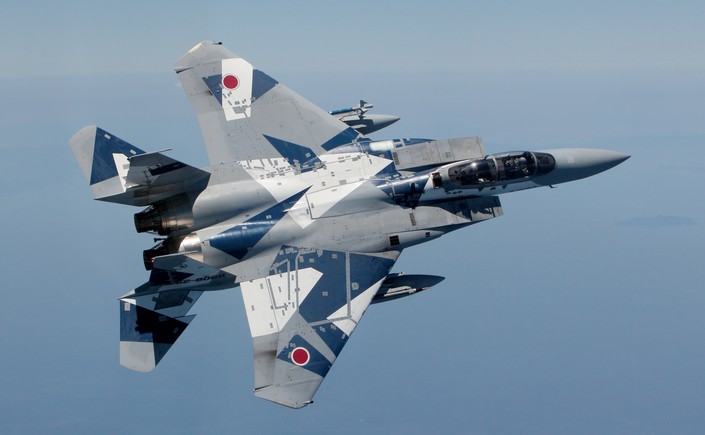The Japanese Super Interceptor (JSI) program has been gaining momentum since the beginning of the year. However, Japan is seeing this very program come back into the media following the recent crash of an F-15J in the Sea of Japan.
The Japan Super Interceptor program
The JSI aims to improve Japan's F-15J fleet for the next 30 years at a cost of $5.6 billion. On Jan. 4, Boeing was awarded a $471.313 million contract under the JSI, to develop and produce an integrated suite of systems to support the development and upgrade of the Japanese F-15J. The contract also includes the development, testing and delivery of four weapon system simulators. The contract will be performed entirely in St. Louis, Missouri, U.S., and must be completed by Dec. 31, 2028.
A slow and expensive program
In July 2019, the Defense Security Cooperation Agency in charge of U.S. equipment transfers to other countries announced the Department of Defense's authorization of a $4.5 billion upgrade of 98 F-15Js (detailed file available at the end of the article) and includes:
- 103 APG-82(v)1 active antenna radars (this radar is already on the F-15E and F-15X)
- 116 Advanced Display Core Processor II (ADCP)
- 101 ALQ-239 digital electronic warfare systems (DEWS)
- Training for future Japanese training personnel (training equipment included
In January 2022, Tokyo decided to increase the budget to $5.6 billion while decreasing the number of aircraft to 68 F-15Js. A primary cause of this budget increase and aircraft reduction is due to delays caused by uncertainties and Tokyo's partial freeze on the program in recent years. Japan has also abandoned the possibility of carrying the AMG-158C LRASM anti-ship cruise missile, but has resumed the capability of carrying the AGM-158 JASSM air-to-ground cruise missile, which it had previously abandoned. Moreover, the program seeks to increase the number of missiles on each aircraft (8 missiles instead of 4).
The F-15J has a strong presence in Japan, as it represented, as of January 2022, 64% of the Japanese Air Self-Defense Force's combat aircraft (62 F-2As, 23 F-35As/Bs and 155 F-15Js).


In the long run, the Japanese Air Self-Defense Force seeks to have a fleet of modernized F-15J fighters, F-35s (105 F-35As and 42 F-35Bs) and finally, the future Japanese stealth fighter. This rise in power is explained in particular by the many regional tensions with incursions of Chinese or Russian aircraft into Japanese airspace or even the overflights of the Japanese peninsula by North Korean ballistic missiles.
.JSI tragically returns to the spotlight
On Jan. 31, the F-15J 32-8083 crashed into Japanese territorial waters in the Sea of Japan while just taking off from its base in Komatsu (Ishikawa Prefecture) for a training flight. The bodies of the pilot and the navigator were found by a team of divers last Friday and Sunday. This crash has put the spotlight back on the F-15J upgrade program. However, it is too early to make any assumptions (let alone conclusions) about the causes of this crash.
Découvrez cet article sur Air&Cosmos

